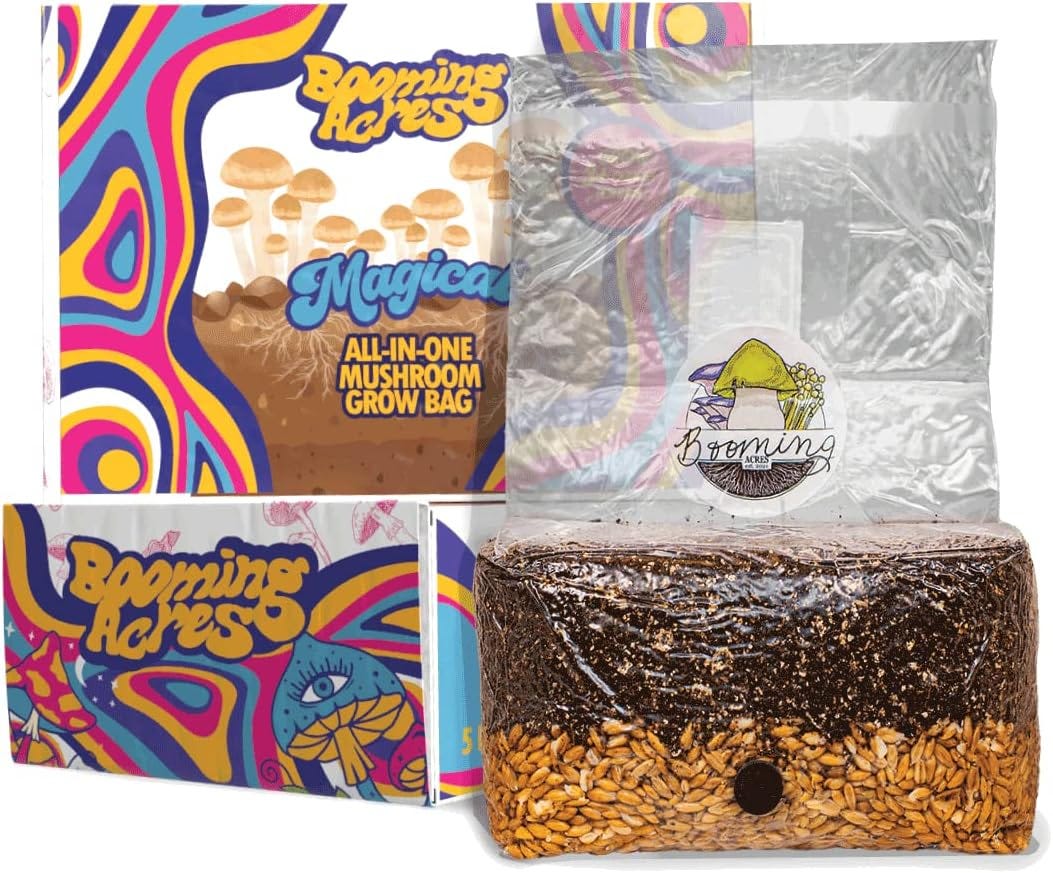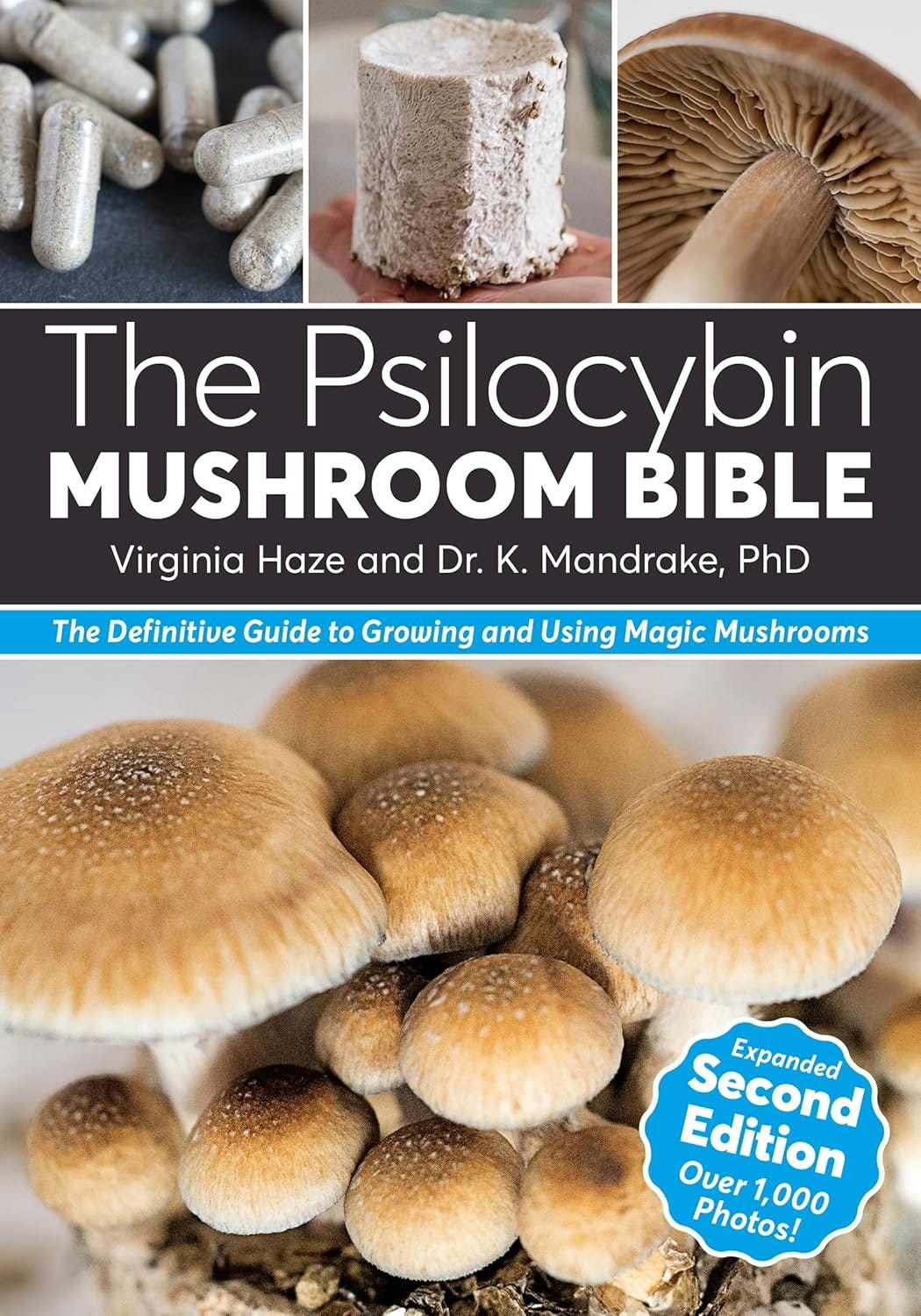If you’ve been following along, you know we don’t just skim the surface—we dig deep into the dirt yogurt. This week, my co-host, Dr. Marcel Green, and I took on one of our favorite topics: psychedelic mushrooms. From their ancient history to their modern resurgence, we explored what makes these fungi so fascinating.
Try SubMarket
Want to tap into newsletter audiences without the usual affiliate hassles? Submarket lets you pay newsletter owners only when their readers actually click your links.
No upfront fees. No complicated codes. Just direct access to engaged newsletter audiences and crystal-clear analytics on every click.
Test it out - create your first link in under 60 seconds.
Social for Social Good
OfficeHounds Social Media Agency will donate $50 every month to fund at least 2 doses of life-saving opioid overdose-reversing medication to an addiction recovery non-profit for every new customer who mentions Social for Social Good when they place an order.One social media customer who works with us for a year can save 24 lives! Our social media packages start at $300 per month, and we’ve been helping businesses get found online since 2009. All you have to do is like and share the social posts on our website to help spread the word. Let’s do some Social for Social Good Together!
A History Rooted in Rituals and Science
Psychedelic mushrooms, also known as psilocybin mushrooms, have been around for thousands of years. Indigenous cultures in Mesoamerica, particularly the Aztecs, referred to them as teonanácatl, meaning “flesh of the gods.” Spanish missionaries recorded their ritualistic use as far back as the 1500s, but, like most things that didn’t fit into colonial narratives, they were suppressed.
Fast forward to the 1950s, when amateur mycologist R. Gordon Wasson traveled to Mexico and encountered the sacred mushroom ceremonies firsthand. He wrote about it in Life magazine, sparking Western interest in psychedelics. This research led to figures like Timothy Leary and Richard Alpert (later Ram Dass) promoting their mind-expanding potential—until the counterculture movement prompted governments to crack down in the 1960s.
There are over 200 species of psilocybin mushrooms, but some stand out:
Psilocybe cubensis – The most well-known and widely cultivated.
Liberty Caps (Psilocybe semilanceata) – Small but incredibly potent, found in North America and Europe.
Psilocybe azurescens** – One of the most potent species, native to the Pacific Northwest.
Psilocybe cyanescens (Wavy Caps) – Common in wood chips and gardens.
A simple way to identify psilocybin mushrooms? They bruise blue when handled, a telltale sign of their active compounds.
How They Work: Effects and Experience
When ingested, psilocybin converts to psilocin in the body, interacting with serotonin receptors in the brain. The effects vary based on dose and mindset but generally include:
- Visual distortions (enhanced colors, patterns)
- Euphoria and emotional insight
- A sense of interconnectedness
- Potential for anxiety or paranoia if the setting isn’t right
A microdose (0.1–0.3 grams) won’t cause full hallucinations but may improve mood and focus. A “heroic dose” (4+ grams) can lead to profound ego dissolution—an experience where the boundaries of self disappear. Marcel and I discussed this at length, and let’s just say, set and setting matter. A lot.
Growing Mushrooms: The Basics
It turns out, cultivating mushrooms isn’t much harder than making yogurt—if you follow the right steps.
- Spores are the starting point, often obtained from vendors legally selling them for microscopy purposes.
- Inoculation involves placing spores into a sterilized substrate like rye or brown rice flour.
- Colonization occurs as mycelium spreads through the substrate.
- Fruiting begins when mushrooms start sprouting under the right conditions—humidity, indirect light, and fresh air.
If done correctly, a single spore syringe can yield multiple flushes of mushrooms. If done incorrectly, you might just grow mold. (Pro tip: If anything turns green, trash it immediately.)
I personally use gear from Midwest Growkits but you can get lots of stuff on Amazon quick and cheaply. I personally like these all-in-one bags as well as these mono tubs for fruiting.
This is my favorite book on the topic:
Psychedelic research has exploded in recent years. Cities like Denver, Oakland, and Portland have decriminalized psilocybin, and Oregon has legalized its supervised use. Clinical trials are underway exploring psilocybin’s potential for treating depression, PTSD, and addiction.
While it remains illegal in much of the world, public opinion is shifting. As studies continue to show therapeutic benefits, we may see widespread acceptance sooner than expected.
Final Thoughts
Mushrooms aren’t just party drugs—they’re tools for introspection, healing, and maybe even enlightenment. But respect is key. As we always say on *Personal Nirvana*: Start slow, be mindful of your environment, and don’t go to brunch with your in-laws after taking a heroic dose.
Next week, we’re talking LSD. See you then.












